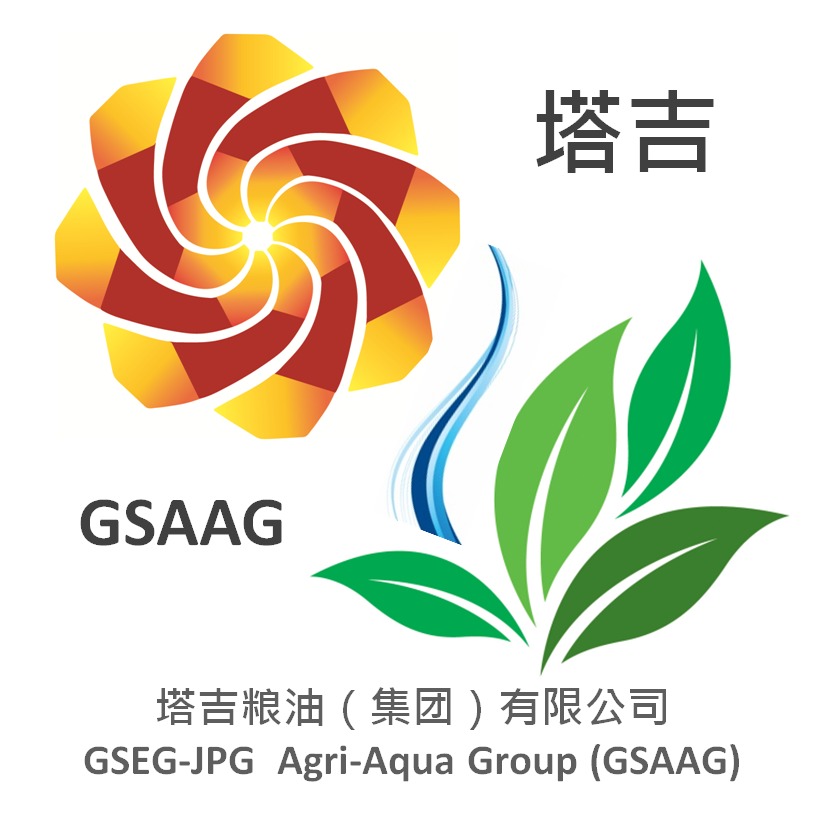“GSAAG logistics management provides an efficient flow of our products from our warehouses to our Clients guarantying time, safety and quality according to Client requirements”
Warehousing
GSAAG together with its partners has a storage capacity to store 10,000,000 MT, between Argentina and Brazil.
GSAAG has an extensive network of associates, in Argentina and Brazil, between cooperatives and producers, who strengthen and support the volumes demanded by our clients, with more than 10 storage plants in Argentina.
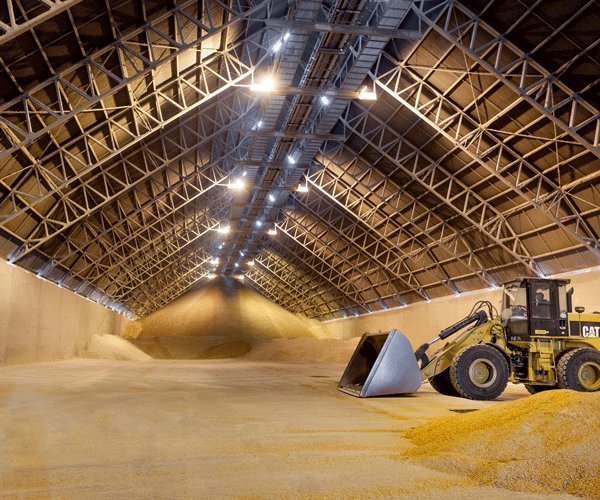
Ports
Most of our production for exports flow through 6 main ports in Argentina and Brazil.
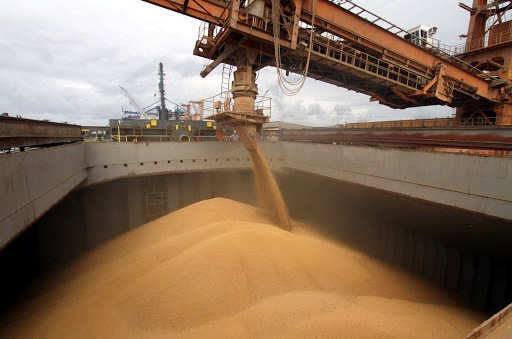
Port of Paranaguá in Parana – Brazil
This is one of the main export gateways for our commodities.
Ports of Paraná State in Brazil are a port complex formed by Paranaguá and Antonina ports. The port operates as a state public company under the Department of Infrastructure and Logistics of Parana State and has a delegation covenant along with Federal Government.
Learn More
As a public company, it is in charge of managing port terminals and is led by an Administration Council and an Executive Board.
The current management model follows landlord guidelines, where the port authority is in charge of the port management and offers necessary structure for loads movement activities. Therefore, public power maintains facilities related to waterway access, evolution basin, road, rail and internal access. Private initiative is in charge of superstructure: equipment, warehouses and work force.
Ports of Paraná are convenient located and are constantly being refurbished to become more efficient and dynamic.
Terminals have a movement capacity for all types of load and are competitive to offer the best business solutions for servicing national and international markets.
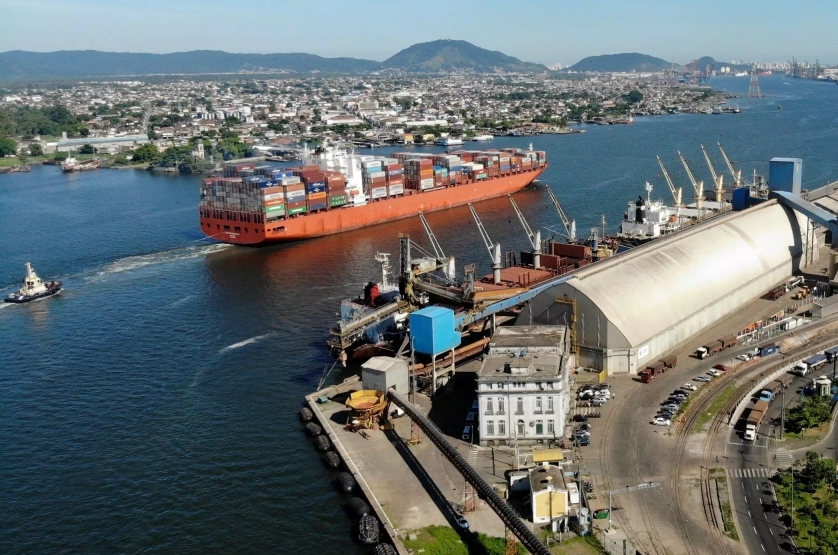
Port of Santos in São Paulo – Brazil
Santos port in Sao Paulo State in Brazil is the other important Brazilian gateway for our exports.
The Port of Santos is the largest in Latin America, connecting with over 600 ports in 125 countries. In 2018, the port was responsible for processing 133 million tons of cargo and 4.1 million TEUs. Santos is the most important foreign trade route in Brazil.
Learn More
Almost 27% of the country’s trade balance passes through the port. It is also the 39º largest container port on Lloyd’s Top 100 list (the second largest in Latin America, and the only Brazilian port on the list).
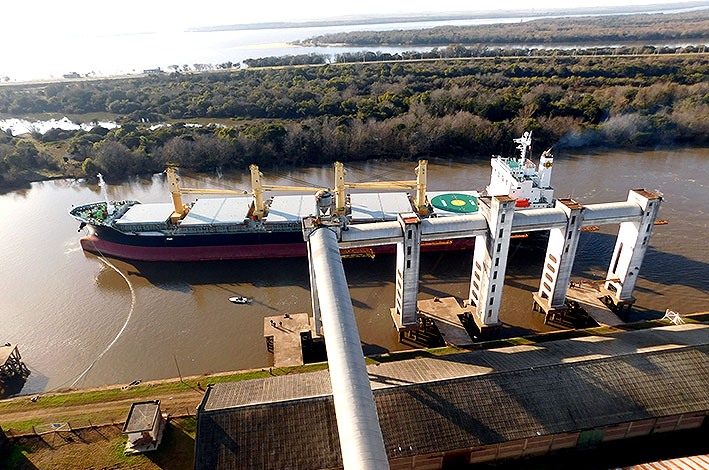
Puerto Concepción del Uruguay in Entre Rios – Argentina
Dating back to 1910, it is considered the most important on the Uruguay River since late 1970’s.
It has historical, architectural and natural value, as it is also a tourism port. It has a Free Commercial, Industrial and Export Services Zone, bordering the Industrial Park.
Learn More
Current infrastructure includes six 2.200 m2 sheds, each with 24.000-ton capacity. The 17ha area includes 18 silos with a storage capacity of 20.000 tons in bulk for grain storage. There is also 11.000 m3 of refrigerated goods.
It has 23 docks in total, allowing for general cargo, cereal, cooling and freezing and fuel unloading.

Terminal Port Las Palmas in Zarate – Argentina
This highly competitive port provides clear competitive advantages. It sits in a privileged location on the right bank of the Parana de Las Palmas River, a depth of 65 feet, allowing for ship manoeuvre without tug assistance.
Learn More
The grain terminal berth consists of three reinforced concrete dolphins, length overall 128 m, with outlying head / stern moorings; suitable for vessels up to LOA 230 m. Depth alongside 11 m (36 ft) and air draft 22,50 m (73 ft), both to datum. Grains are transferred from silos via one double conveyor belt (2 belts) to three towers, each stepped on the dolphins and fitted with loading arms; loading rates: grains 2400 tph, by-products 2000 tph. Grain storage: 75.000 tons in 9 vertical silos, 30.000 tons in flat cells.
The internal dock is 500m long, ISO 14001 certificate, 24h-day surveillance and a waiting barge berthing site 100m long.
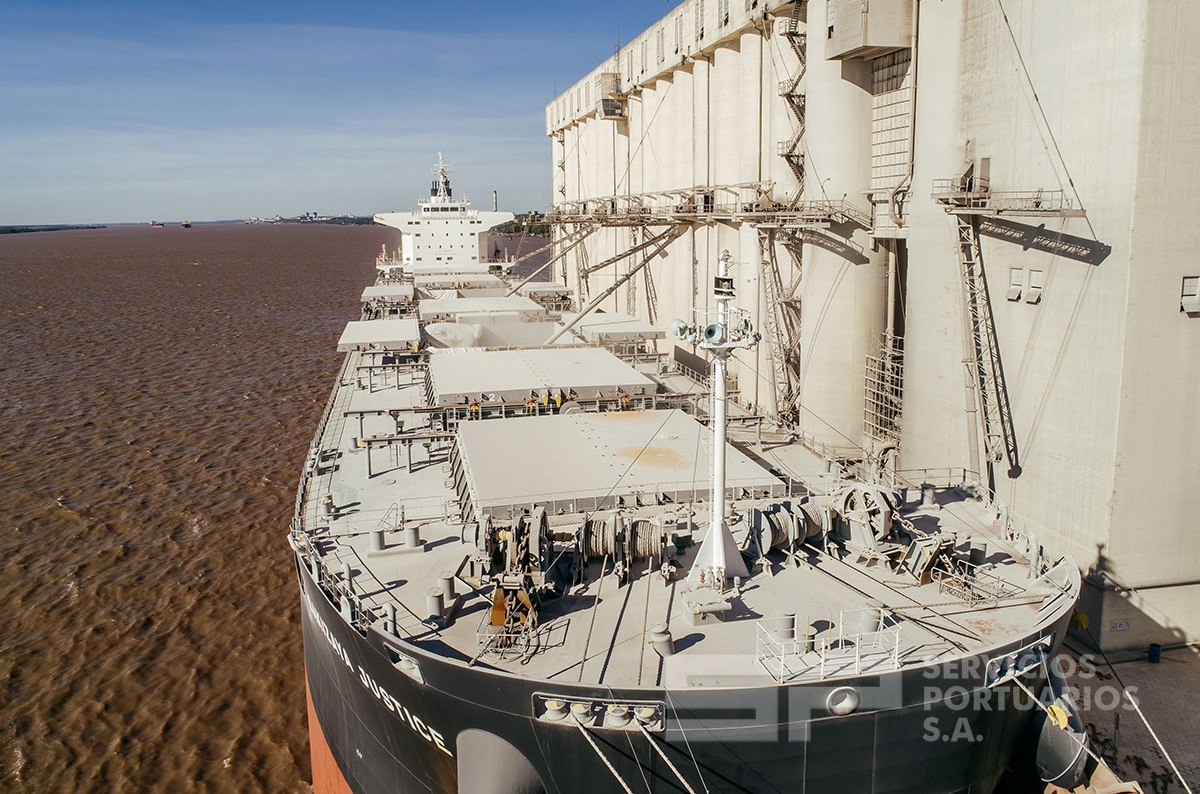
Servicios Portuarios Unit VII Port in Rosario – Argentina
This port has a 256m long dock with 37” depth for Panamax, 90.000 tons for product storage and a loading rate of 3600 tph of grains.
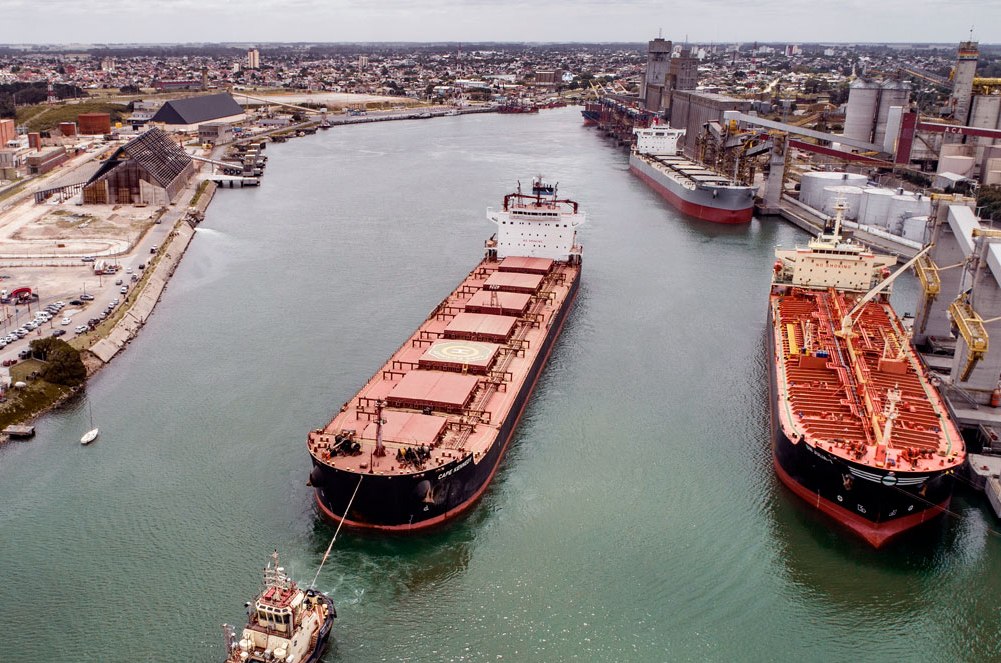
Quequen / Necochea Port in Quequen – Argentina
This port has a 230m long dock with 43” depth for Panamax, 125.000 tons for product storage and a loading rate of 3000 tph of grains.
Transportation
For all major grain producers, warehouse owners and traders, transportation remains one of the critical factors in maintaining an effective total supply chain in Argentina and Brazil. For several years GSAAG partners have invested in developing its own transport capabilities, with its own truck fleet, combined with contracted truck partners.
The GSAAG has an important fleet of trucks to transport its own products, relying mostly on brands like Volvo and Mercedes Benz, all equipped with Lambert brand bulk hoppers, manufactured in Concepcion del Uruguay specifically for us.
Since the beginning of 2020, GSAAG partners have heavily invested in the railway sector, buying five GM locomotives from Ferrocarriles Argentinos, which are being completely revamped at Talleres de Concordia, Entre Rios. We’re investing in railways to expand our own rail transport even closer to GSAAG warehouses. The grain hoppers are also under construction at Talleres Argentinos.
We are greatly advancing the entire GSAAG logistics network. We estimate an initial increase of about 80,000 MT per month to our transport capacity.
